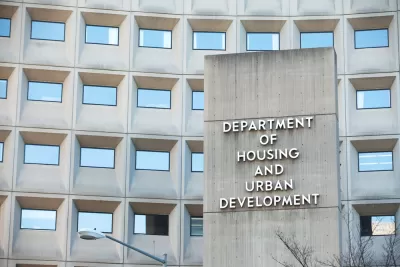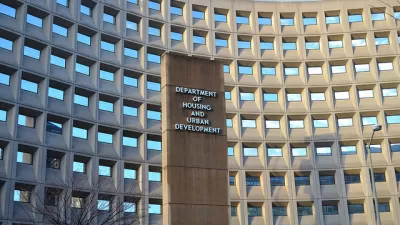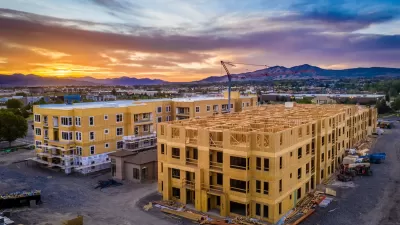As the housing crisis rages on, the housing assistance infrastructure put in place during the pandemic can provide a model for long-term aid programs.

"As the pandemic surged across America, Congress and the White House made available more than $75 billion to support at-risk renters and homeowners, and even more in flexible relief funds that could be used for housing aid." Gregory Heller, a director and affordable-housing subject matter expert at Guidehouse, argues that the government should use this example to implement similar policies outside the pandemic, treating the housing crisis as a disaster not dissimilar from COVID-19 or natural disasters.
The programs billed as disaster relief put in place during the pandemic showed that it is possible to distribute funds and aid quickly, writes Heller. "Now that we have started to view and respond to America’s housing instability crisis as a disaster, one thing is clear: We cannot go back to the way we funded housing before; otherwise, we’ll simply return to the pre-pandemic status quo."
To Heller, the infrastructure developed around pandemic relief programs provides a powerful opportunity to build on these programs and "recognize that this disaster will not end when the health and economic impacts of the pandemic are behind us." Thus, Heller says, the government should continue to invest in and strengthen infrastructure and programs that address housing instability.
FULL STORY: America’s Housing Crisis Is a Disaster. Let’s Treat It Like One.

Alabama: Trump Terminates Settlements for Black Communities Harmed By Raw Sewage
Trump deemed the landmark civil rights agreement “illegal DEI and environmental justice policy.”

Planetizen Federal Action Tracker
A weekly monitor of how Trump’s orders and actions are impacting planners and planning in America.

Why Should We Subsidize Public Transportation?
Many public transit agencies face financial stress due to rising costs, declining fare revenue, and declining subsidies. Transit advocates must provide a strong business case for increasing public transit funding.

Understanding Road Diets
An explainer from Momentum highlights the advantages of reducing vehicle lanes in favor of more bike, transit, and pedestrian infrastructure.

New California Law Regulates Warehouse Pollution
A new law tightens building and emissions regulations for large distribution warehouses to mitigate air pollution and traffic in surrounding communities.

Phoenix Announces Opening Date for Light Rail Extension
The South Central extension will connect South Phoenix to downtown and other major hubs starting on June 7.
Urban Design for Planners 1: Software Tools
This six-course series explores essential urban design concepts using open source software and equips planners with the tools they need to participate fully in the urban design process.
Planning for Universal Design
Learn the tools for implementing Universal Design in planning regulations.
Caltrans
Smith Gee Studio
Institute for Housing and Urban Development Studies (IHS)
City of Grandview
Harvard GSD Executive Education
Toledo-Lucas County Plan Commissions
Salt Lake City
NYU Wagner Graduate School of Public Service





























